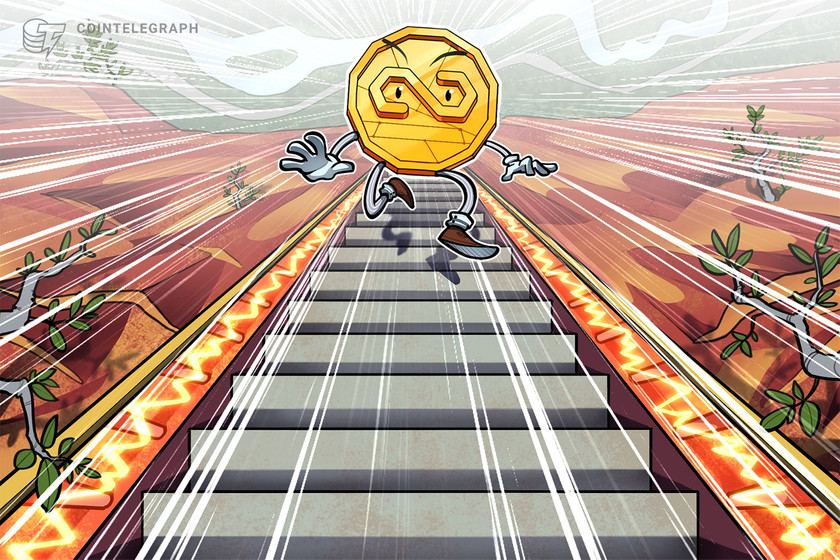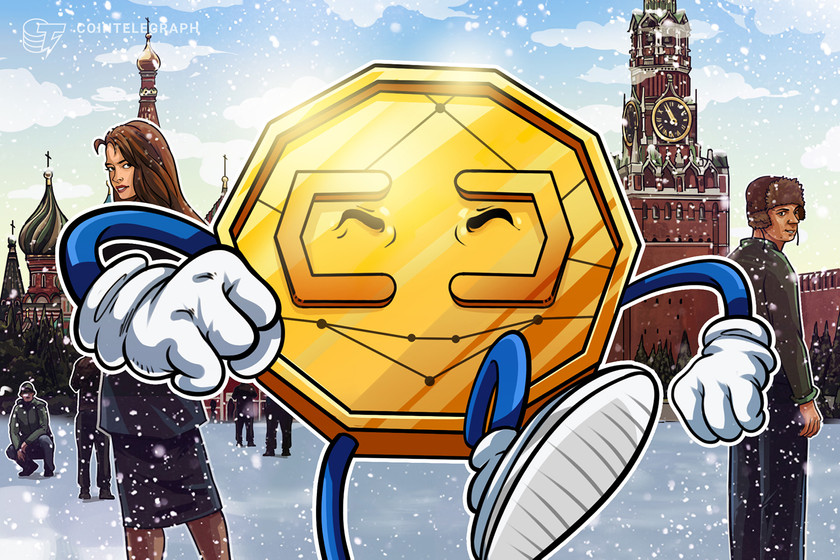There were vast discrepancies in crypto markets during Q3: Report


The total crypto market cap actually increased in Q3 following a series of devastating sell-offs earlier this year.
According to a new report published by cryptocurrency data aggregator CoinGecko, several interesting anomalies surfaced in cryptocurrency markets during the third quarter. Although the digital asset industry witnessed heavy sell-offs earlier this year, its overall market cap increased by around $100 billion compared to Q2.
While in the past, crypto bear markets have largely decoupled from stock performance, coins and tokens traded almost in exact tandem with the U.S. S&P 500 Index in Q3. The correlation coefficient, which ranges between 0 and 1, for the performance of the S&P 500 versus cryptocurrencies stood at 0.85 in the said time period.
Additionally, even though Bitcoin’s value saw a 1% drop during Q3, it actually outperformed every single asset class aside from the U.S. dollar Index, which measures the exchange rate of a basket of foreign currencies compared to the U.S. dollar. During times of economic uncertainty, investors worldwide typically flood to safe-haven assets such as the U.S. dollar and the Swiss franc. However, stablecoins, which are mostly pegged to the U.S. dollar, saw their circulation plummet by $4.7 billion in Q3.
One factor behind the plunge appears to be that of the OFAC’s sanction on cryptocurrency mixer Tornado Cash which made it a criminal offense for U.S.-based stablecoin issuers and users to interact with the service.
Thirdly, total market capitalization in decentralized finance, or DeFi, applications increased by 31.3% quarter-over-quarter to $24.5 billion. There was a system-wide rebound across all verticals except in the realm of asset management. This did not come as a surprise, as a few months prior, the implosion of centralized finance firms interacting with DeFi applications, such as Celsius and Three Arrows Capital, ignited a widespread bear market.
Finally, the total trading volume of nonfungible tokens, or NFTs, saw a 77.4% quarterly plunge from Q2 to Q3. At the same time, the number of wallets that ever owned an NFT increased by a staggering 1 million in Q3. Some in the crypto community have recently started to call the bottom of the market turmoil.





















